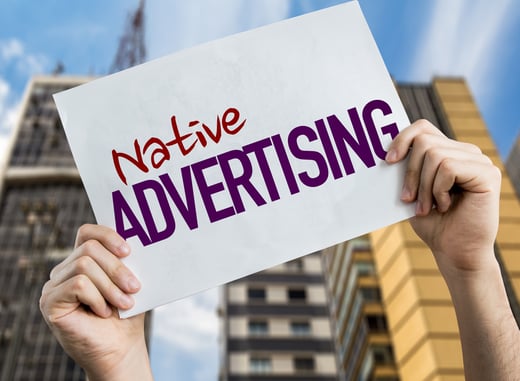 Digital ads can be found almost anywhere online - while browsing social media, conducting a Google search or even engaging with your favorite app or mobile game. Digital ads are now a part of life; however 91% of people say ads are more intrusive today than 2-3 years ago.
Digital ads can be found almost anywhere online - while browsing social media, conducting a Google search or even engaging with your favorite app or mobile game. Digital ads are now a part of life; however 91% of people say ads are more intrusive today than 2-3 years ago.
According to a recent study, more than one-half (51%) of the respondents believe that websites should host fewer ads, with 44% citing two ads as the limit. What’s more, 70% of consumers say they would rather learn about products through content instead of traditional advertising.
What does this mean? Despite these feelings, consumers still find digital ads helpful. And as a result, they remain effective at increasing awareness and driving action for businesses. Native advertising is a great way to advertise to your target audience without disrupting their online experience. Below is a simple guide to native advertising.
What is Native Advertising?
Native advertising is a type of advertising that matches the look, form and function of the media platform where it appears. This type of advertising is unique from other forms of digital advertising, as the ads function as natural content, remaining consistent with the native user experience.
Native ads are displayed in social media feeds and web pages, and can take on two different forms: sponsored content or in-feed ads. Sponsored content takes the form and function of other content on the platform, while in-feed native ads are placed in between the content of your feed - providing a better experience for users.
How does native advertising work?
When running native ads, advertisers choose from 2,000 native targeting categories of demographics, behaviors and interests, targeting a list of up to 500 relevant keywords. The ads are created in real time, taking on the look and feel of the website or app where they are placed. With native ads, you can also target contacts on an email list when they browse online, and have a lookalike audience of people with similar characteristics to those on the list. Using this method, the advertiser is shown a “match back” list of sales attributed to those ads, with additional email addresses that were collected to promote greater ROI.
What is the science behind native advertising?
Due to native ads taking on the natural likeness of where they are placed, native ads receive 52% more attention than banner ads. In-feed native ads receive direct visual focus and are read, not just seen. According to eye-tracking results, the majority of explicit visual focus is on the native ad’s text rather than the thumbnail. By giving consumers longer headlines, which allow for more storytelling, it drives higher engagement.
How effective is native advertising?
Native advertising is a very effective advertising method for businesses. First, consumers view native ads 53% more than banner ads. Not surprising, 85% of internet users don’t feel as if their browsing experience is hindered by native ads. It also drives sales and revenue, as native ads create an 18% increase in purchase intent, and the click through rates (CTRs) are 8.8 times higher than the average display ad
If you’ve ever considered using digital ads, native advertising should not be ignored. It provides a great user experience while boosting awareness, engagement and even conversions for your brand. Learn more about the team at Zimmer and how they can help you get started with native ads.

